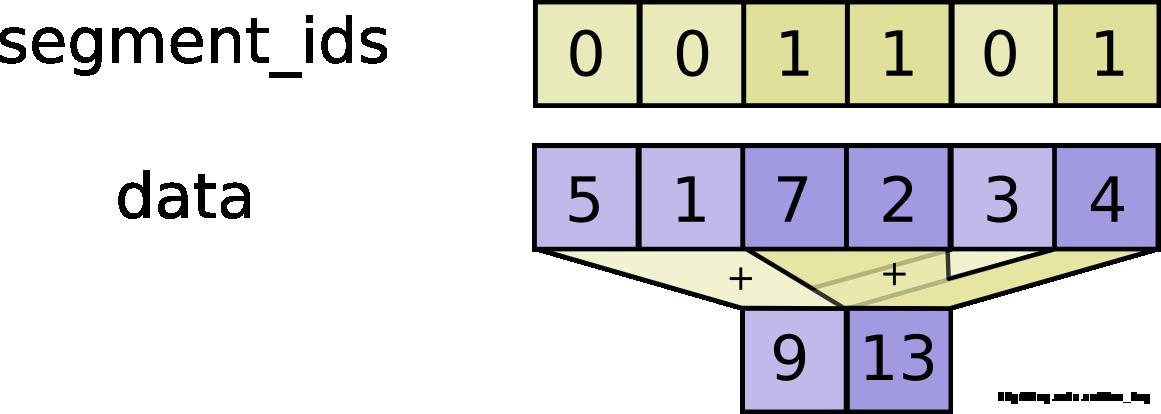keras tips&problems
Posted Yan_Joy
tags:
篇首语:本文由小常识网(cha138.com)小编为大家整理,主要介绍了keras tips&problems相关的知识,希望对你有一定的参考价值。
写了一下keras的层,出现了一些问题,值得总结一下~
Python中对变量是否为None的判断
这个问题出在以下代码段:
self.mask = np.zeros(shape)
if self.mask == None:
pass
else:
pass
直接运行会报错,原因在于对于numpy数组,对None的判断是对于其中元素的,而不是对于mask这个对象的。
如果比较相同的对象实例,is总是返回True 而 == 最终取决于 eq()
>>> class foo(object):
def __eq__(self, other):
return True
>>> f = foo()
>>> f == None
True
>>> f is None
False
>>> list1 = [1, 2, 3]
>>> list2 = [1, 2, 3]
>>> list1==list2
True
>>> list1 is list2
False
另外(ob1 is ob2)等价于(id(ob1) == id(ob2))。
如果要实现我们期望的判断,有三种主要的写法:
if X is None;if not X;
当X为None, False, 空字符串"", 0, 空列表[], 空字典, 空元组()这些时,not X为真,即无法分辨出他们之间的不同。if not X is None;
在Python中,None、空列表[]、空字典、空元组()、0等一系列代表空和无的对象会被转换成False。除此之外的其它对象都会被转化成True。
在命令if not 1中,1便会转换为bool类型的True。not是逻辑运算符非,not 1则恒为False。因此if语句if not 1之下的语句,永远不会执行。
stackoverflow-py-top-qa
python代码if not x:和if x is not None:和if not x is None:使用
模型build后无法更改属性??
这其实还是未解决的一个疑问。
mask=foo作为输入传入自定义由Dense()继承而来的类myDense(),并用self.mask作为属性保存。之后在call函数中使用:
def call(self, inputs):
output = K.dot(inputs, self.mask)
那么模型经过build、compile后,运行,能够得到相应的结果。但如果想更改这个mask,直接使用在外部对这个属性进行修改:
myLayer = myDense()
myLayer.mask = bar
再次执行上面的相乘,发现结果还是没有更改之前的,证明修改没有作用。但如果输出此时对象的mask属性,其实的确是修改之后的值。
是否与build操作有关呢?
为了验证做了一些实验:
- 重新执行
model.compile
无效 - 将
myLayer中的self.built置为False,重新model.compile()
无效 - 将
model中的self.built置为False,重新model.compile()
无效 - 清除目前所构建的图,重新定义网络,重新
model.compile()
有效
最后的方法基本就等于关掉程序重新运行了,但其他方法也确实不行,感觉就像层的属性只在第一次compile()时才被应用。个人感觉不应该这么麻烦,希望有大神指点= =
一些新的functions&tricks
一个心得:很多想法用numpy数学库很好解决,但在Tensorflow中,由于Tensor类型的限制,某些操作无法直接进行,特别是通常最简单的赋值(当然也可能是我还没有了解到更多的方法)。
这样有些操作需要搜索半天实现方法,真的挺费劲。。
非排序分割和
# unsorted_segment_sum(...): Computes the sum along segments of a tensor.
tf.unsorted_segment_sum(
data, # 数据
segment_ids, # 不同类的mask
num_segments, # 分类总数
name=None
)

这个对于group by的reduce可是太好用了!赞美
用一个tensor作为另一个tensor的下标
在numpy中,对array的操作十分简单:
x = np.asarray([1,2,3,3,2,5,6,7,1,3])
e = np.asarray([0,1,0,1,1,1,0,1])
print x * e[x]
得到:
[1 0 3 3 0 5 0 7 1 3]
而在Tensorflow,则需要tf.gather的帮助:
gather(
params,
indices,
validate_indices=None,
name=None
)
通过gather,将params重组。(好像之前博客里也说过)

x = np.asarray([1,2,3,3,2,5,6,7,1,3])
e = np.asarray([0,1,0,1,1,1,0,1])
x_t = tf.constant(x)
e_t = tf.constant(e)
result = x_t * tf.gather(e_t, x_t)
with tf.Session() as sess:
print sess.run(result) # ==> 'array([1, 0, 3, 3, 0, 5, 0, 7, 1, 3])'
相似的选值还有 tf.boolean_mask。
# 1-D example
tensor = [0, 1, 2, 3]
mask = np.array([True, False, True, False])
boolean_mask(tensor, mask) # ==> [0, 2]
按mask对Tensor赋值
给定一个mask:inds ,mask上的值代表着sumed 数组中的下标,经过更新后得到输出:
sumed = [1.,-2.,3.]
inds = [[2.,1.,0.],
[0.,1.,2.]]
out = [[ 3. -2. 1.]
[ 1. -2. 3.]]
这个问题只是目前找到了暂时的解决方法,应该还有改进的地方。
sumed = np.asarray([1.,-2.,3.])
inds = np.asarray([[2.,1.,0.],[0.,1.,2.]])
sumed_tensor = tf.convert_to_tensor(sumed)
inds_tensor = tf.convert_to_tensor(inds)
with tf.Session() as sess:
with tf.name_scope('my'):
# 这个循环感觉很蠢。。
for i in range(3):
mask = tf.equal(inds_tensor, i * tf.ones_like(inds_tensor))
casted = tf.cast(mask, inds_tensor.dtype)
temp = tf.multiply(sumed[int(i)], casted)
if i == 0:
new_tensor = temp
else:
new_tensor = temp + new_tensor
以上是关于keras tips&problems的主要内容,如果未能解决你的问题,请参考以下文章